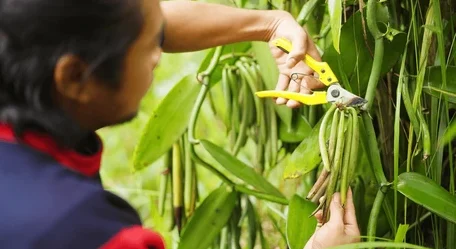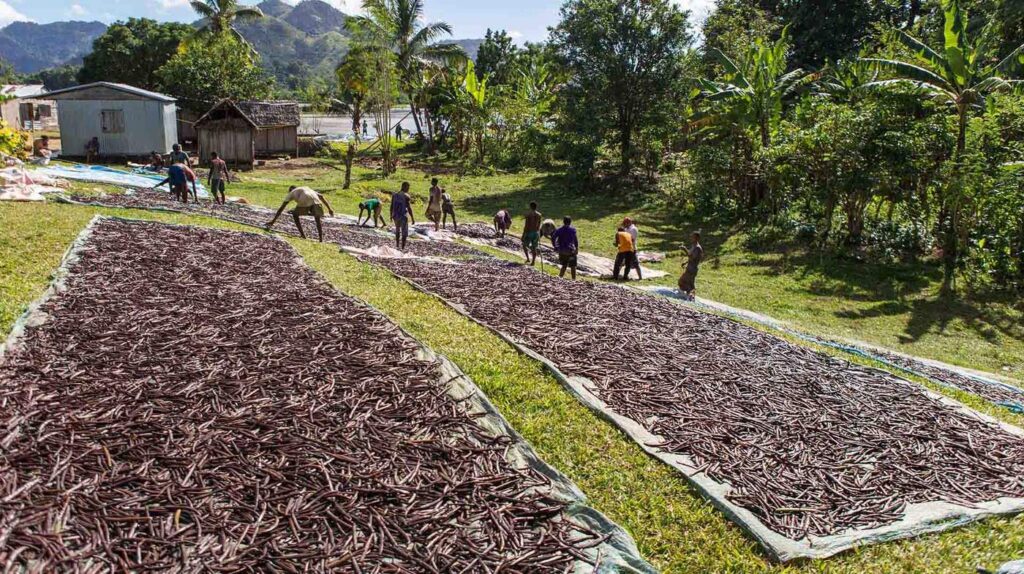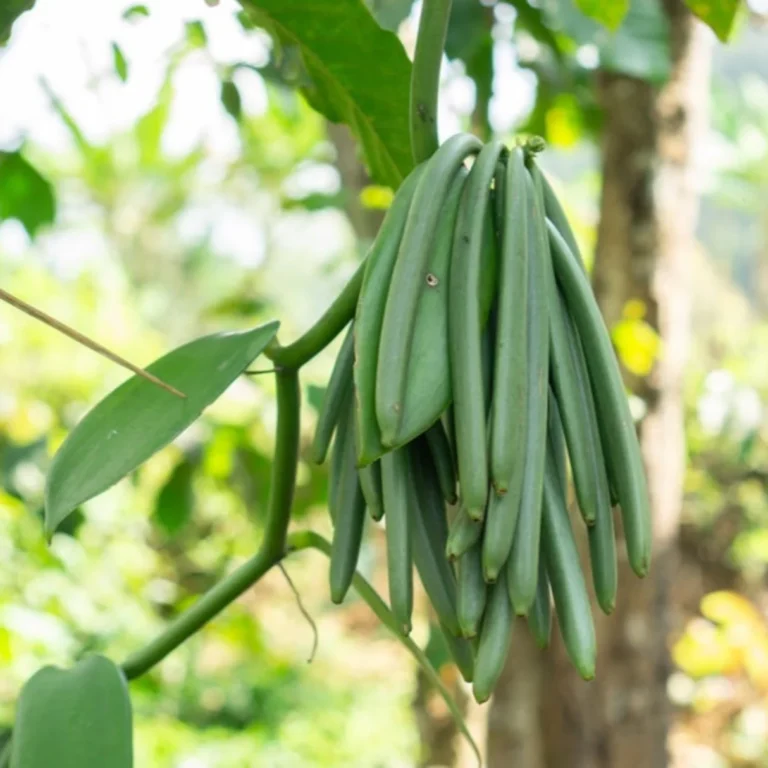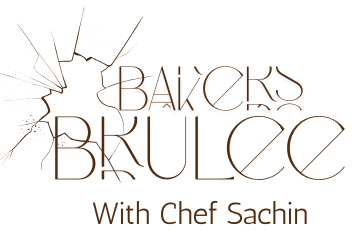Vanilla
The Quiet Queen who Sweetly Rules Every Pastry Kitchen
The Essence of Baking
If there were a defining aroma for baking, it would be vanilla. From cakes, cookies, and custards to chocolates, ice creams, and even coffee, vanilla has emerged as the most adored and well-known flavor globally. In contrast to bold spices such as cinnamon or pepper, vanilla remains understated. Instead, it weaves in smoothly, blurring sharp notes and allowing every other taste to stand out. This skill to enhance, instead of overpowering, is what establishes vanilla as the essence of baking. Yet beneath this soothing scent exists a tale of grace and remarkable attention.
Vanilla is derived from the orchid Vanilla planifolia, a fragile plant that blooms only once annually. Every flower endures for just one day and requires hand-pollination outside of its native Mexico. Following the harvest, the pods experience a complex curing procedure – blanching, sweating, drying, and conditioning that may last several months. This is when their genuine nature emerges: the intricate, sweet, floral flavors we link with authentic vanilla.

Healthy vanilla beans are green and typically 4-9 inches long (depending on the species) before they are ready to be harvested.
The process of harvesting and drying is shown in these pictures.

The “Queen of Spices”
Vanilla’s unique complexity, deep cultural roots, and lasting influence around the world is what makes it the “Queen of Spices”. Its taste includes more than 200 aromatic compounds, resulting in a complexity that no other spice can rival. Saffron is often dubbed the “King of Spices” due to its scarcity and vibrant hue, whereas vanilla reigns as queen by governing in a distinct way, not through power, but with graceful sophistication and balance.
In the past, vanilla was scarcer than silver. Its connection to royalty and aristocracy in Europe and the Americas bestowed upon it an air of opulence and extravagance. It was utilized not only in candies but also in fragrances, beverages, and even in pharmaceuticals. That legacy of elegance remains today, elevating vanilla beyond a mere ingredient; it represents sophistication.
However, what truly earns vanilla its title is not merely its past. That’s how it became integrated into daily life. In contrast to bold spices linked to dishes or times of the year, vanilla became a global concept. It improves chocolate, softens fruit, enriches dairy products, and even reduces bitterness in coffee. Its balanced flavor combined with its richness made it essential in the pastry kitchens around the globe.
The Strength of Vanilla – Its Uniqueness
Synthetic essence might imitate the initial scent of “vanillin,” yet it cannot replicate the complex flavors that genuine beans offer. Picture listening to just the vocalist of a song without the accompanying instruments, it seems unfinished.
Authentic vanilla adds a bit of sweetness, chocolate imparts richness, and dairy provides a smooth finish. No other spice can blend flavors like how vanilla does, especially without disturbing or over powering any other flavor. It’s always welcoming.

Bakers are aware of this intuitively. Numerous people claim that you can forgo cinnamon, nutmeg, or even cocoa, if necessary, but never vanilla. That one teaspoon unifies everything; without it, desserts frequently taste empty, It’s not merely an ingredient; it’s the foundation of harmony.
A Taste Of Memory And Comfort
There is also an emotional aspect to Vanilla. It is among the earliest flavors that many people experience during childhood, whether through ice cream, puddings, or even baby food for that matter. As a result, it evokes a feeling of warmth, nostalgia, and comfort that no other spice can match. It’s not just taste, it’s recollection. This widespread emotional connection allowed vanilla to transform from a rare delicacy into the common essence of confections. Its expansion into an “everywhere” ingredient was also practical: its adaptability allowed it to merge effortlessly with almost any product.
Food manufacturers incorporated it into syrups, chocolates, cookies, drinks, and even fragrances. Before long, vanilla transitioned from exclusive royal courts and opulent kitchens to a common delight enjoyed by people everywhere. Vanilla rose to prominence as the Queen of Spices not due to its strength, but owing to its delicacy, intricacy, and uniqueness. From meticulous farming to global ease, it evolved into a component that embodies sweetness itself. That subtle strength is the reason bakers remain devoted, why it shows up in nearly every beloved item, and why it will always hold its position as the soft yet steadfast ruler of the culinary realm.
~ Narrated by Rujula Naidu
